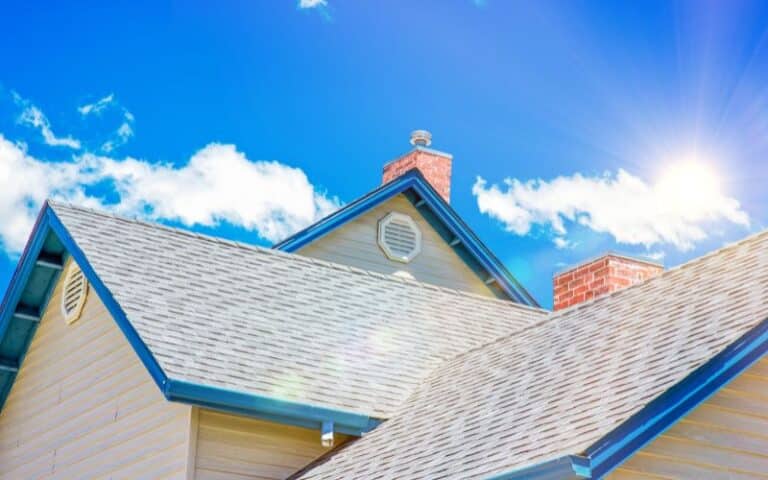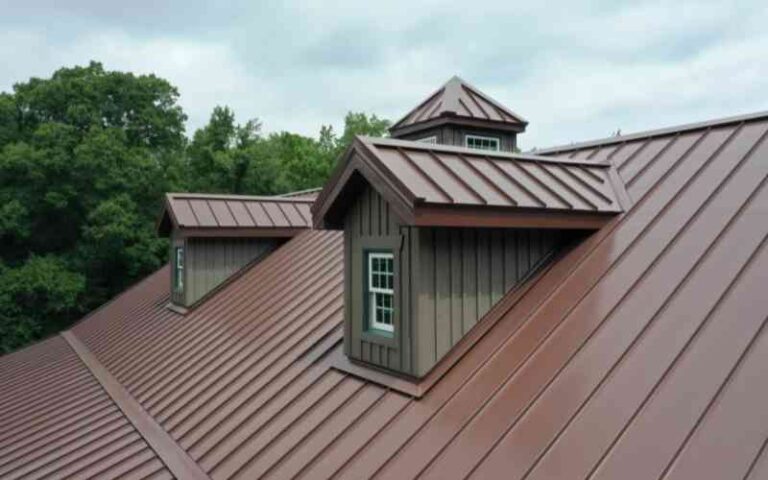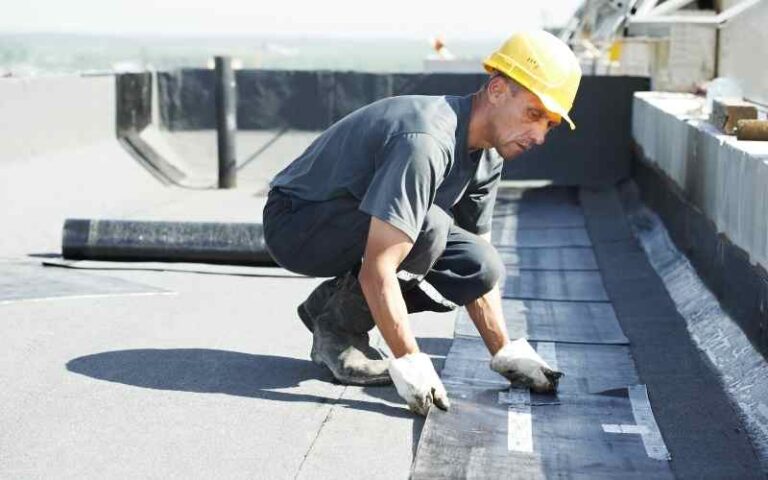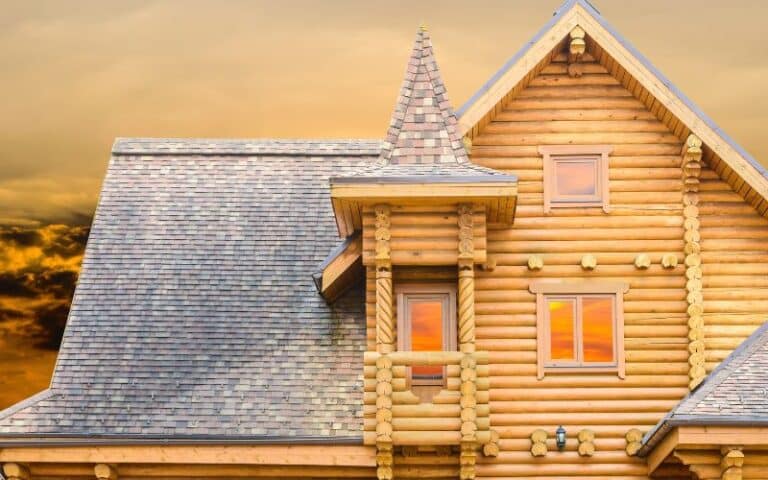When inspecting a house, the roof is an essential component you should check first as it protects the home. However, carrying out roof inspections may prove difficult as many aren’t easy to access.
For example, climbing up roofs for inspection can be very dangerous. Also, it’s illegal in some states; that’s why most people do their inspection from the ground with a camera.
Using a camera pole that helps you assess your roof from the ground is one of the best options for roof inspections.
An inspection pole camera is not only easy and cheap to access, but it’s also easy to handle by yourself. The poles’ designs are of different lengths. Also, you can adjust to the size that suits you.
A camera pole helps you to survey your roof without difficulty from the ground without needing to climb up the top. The poles are portable, allowing you to move about and thoroughly inspect. Roof inspection poles are efficient for your roof inspection. However, the poles allow you a view as their height permits.
Ready for a Roofing Quiz?
What Is A Camera Pole For Roof Inspection?
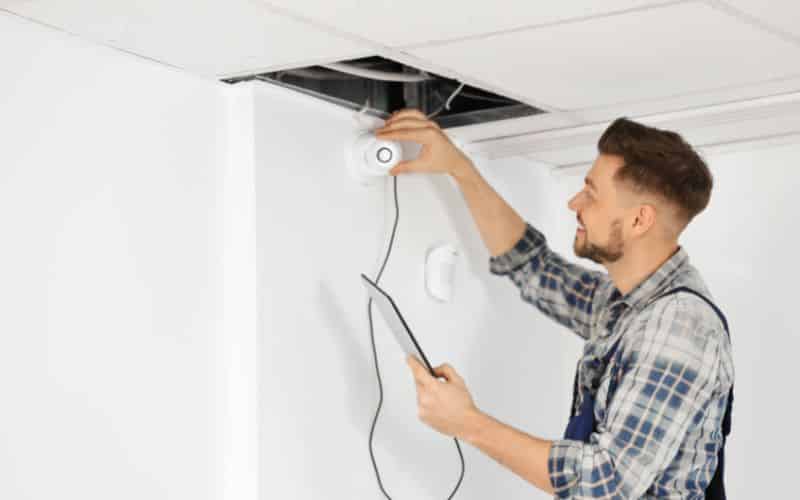
A camera pole for roof inspection is a series of cameras attached to poles that can be extended to long lengths and used to inspect a roof.
The poles lengthen section by section, so you can use the pole at half-length to survey the top of a bungalow. You also have the option to use the full length for taller buildings.
The length goes as high as 35 feet and can inspect a 3-story building.
There are different types of poles for attaching your cameras. The Roof inspection poles are usually lightweight and easy to carry about.
Also, with some practice, you can carry out roof surveys by yourself using a camera pole without professional help.
The following materials are used in making camera poles:
- Carbon fiber
- Stainless steel tube
- Lightweight Aluminum- note that aluminum is conductive and will not be suitable to use near hydro lines.
- Fiberglass
Are Pole Cameras The Best Approach For Roof Inspection?
Yes, pole cameras are the best approach for inspecting your roof. A telescopic pole inspection camera allows you a complete view of your housetop, producing high-quality definition images.
The inspection camera system also allows you to take videos of your roof when you connect the camera to your phone via the WiFi system.
Several pole inspection cameras also come with their monitor system to allow you to take a live view.
#1. Advantages Of Using Pole Cameras For Roof Inspection
#1. Portability
The materials for roof inspection poles are lightweight and easy to carry about; they can fit into most vehicles, making your job easier.
In addition, with its portability, you can thoroughly survey your roofs for damages while you move about.
#2. Safety
Using an inspection pole camera eliminates the dangers of climbing your rooftop or a ladder; you won’t have to worry about falling off your roof.
Also, you can easily stay in a suitable position and have a good view of your building top.
#3. Accuracy
A pole inspection camera produces accurate results. Telescopic pole inspection cameras can view any angle of your roof and release high-quality and clear images.
The inspection camera system can also take life records of the top of your building. As long as you inspect your roof for damages or check a roof for purchase, the video inspection camera will capture everything.
#4. Good For Windy Conditions
You can use a pole camera in windy conditions for inspection. When you’ve got the experience, they are much easier to handle than using drones.
But note that there would be a slight inflection at the end of the pole.
#5. Cost-Effective
A pole camera is more affordable than most inspecting tools; you won’t have to worry about spending a lot to inspect your roof. Also, you can save costs by designing this tool yourself.
What Other Tools Are There For Roof Inspection?
There are other tools for carrying out roof inspections. These tools have their advantages and disadvantages.
Other roof inspection tools include:
#1. Ladder
The use of ladders is a traditional method that is becoming less common. This method is not recommended for safety reasons.
#2. Fixed Mast
Fixed masts have cameras at the top for inspections. They are excellent for high-level photography and can reach heights that pole cameras can’t access.
But, they are not the best approach for a roof inspection as they are not portable enough. In addition, you can’t always fix a mast near enough to your buildings for a thorough inspection.
Furthermore, setting up a mast is usually expensive, and the process is slow. They would also need a large area of space to set up.
#3. Drones
Drones are great for inspection to assess roofs’ structural integrity. Many of them come with in-built cameras, while others would have to attach your cameras.
Drones have significant advantages as they can reach heights as high as the mast and are also very portable. Also, they’re fast to use on-site and provide inspectors with a 360° view.
Drones can be hard to handle and may not perform well in windy conditions. You will require thorough practice to handle them.
No one wants to crash their drones on their roof. Small-sized drones are best to use if you’re carrying out inspections yourself.
However, if you would need them to work legally in the UK, you would need to get a license from the Civil Aviation Authority (CAA).
#4. Thermal Imagers
Thermal Imagers are excellent tools for roof inspections. The device identifies materials’ infrared energy and converts infrared radiation into visible light energy.
This enables roofers to locate unseen problems leading to roof destruction and subsequent costs.
#5. Moisture Meters
Roofers are now employing moisture meters to carry out roof inspections. These devices can detect traces of water on building materials, making them relevant for assessing building tops.
No matter how tiny, Moistness can cause slow destruction to roofs, hence the importance of this device. In addition, moisture meters provide moisture readings accurately.
Schedule For Roof Inspection With Camera Pole
The materials used for roofing have different lifespans. It’s necessary and safe to inspect your roof regularly. Some occurrences will demand immediate inspection.
This exercise can prevent heavy damage and save costs. So, when should you schedule a roof inspection?
#1. Periodic Inspection
Periodic inspection of your roofs is paramount. For newly constructed roofing systems, you should inspect them once every two years.
For roofs above five years of age, schedule your inspection yearly. You can carry out this exercise yourself with an inspection pole camera.
But, endeavor to employ a professional to regularly conduct inspections after half of your roof’s expected lifespan has passed.
#2. After A Storm
Whenever a Storm passes, big or small, damages usually occur to the roofs. Ensure to schedule a roof inspection immediately after the weather is calm.
A thorough inspection is necessary after terrible weather conditions. You can call a professional or do it yourself.
#3. Before A Buy
Before you pay for a house, it’s safe to assess the roof. The building may look new and perfect, but you don’t know the process it went through structurally.
Therefore, it’s safe to always inspect before payment.
Conclusion
A camera pole is an essential tool needed to inspect roofs. It’s the best approach for a roof inspection. It’s very portable and easy to handle with little training.
The inspection camera system also lets you take videos of your building tops, checking for hidden damages. Endeavor always to get a pole camera to inspect your house’s roof.

